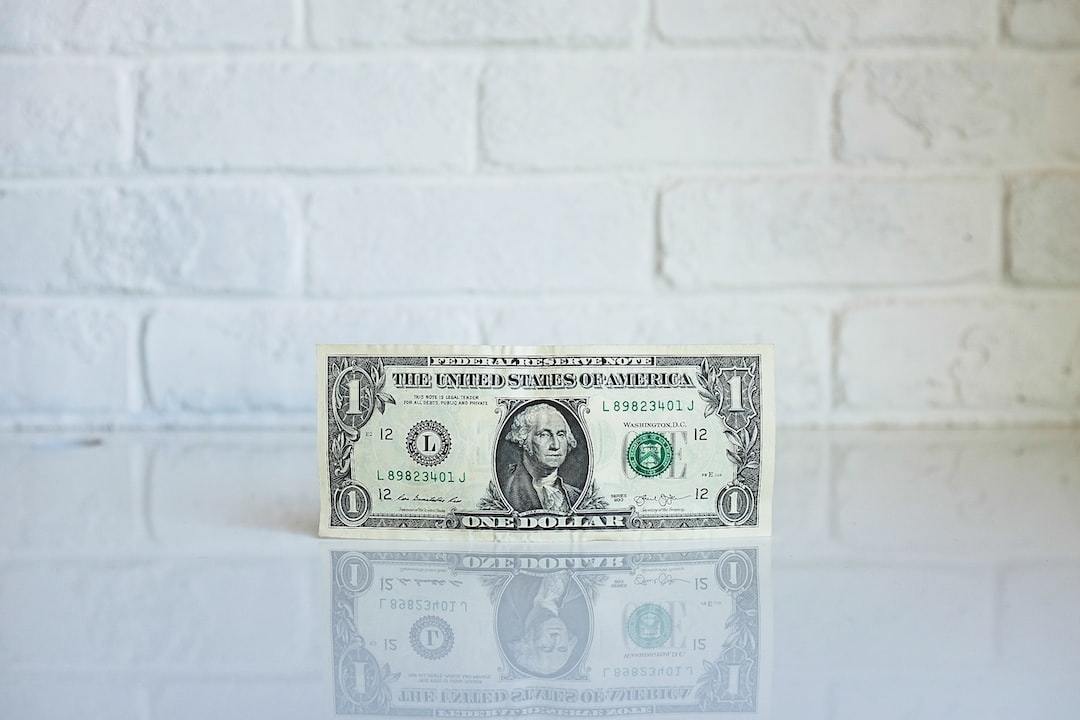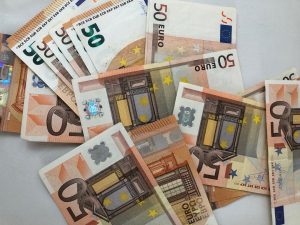Leverage is an important concept in the world of forex trading. It essentially refers to the amount of borrowed capital that a trader uses to open a position in the market. In other words, leverage allows traders to control larger positions in the market with a smaller amount of capital. However, it is also a double-edged sword, as it can amplify both profits and losses. In this article, we will explore what leverage is, how it works, and the potential risks and rewards of using it in forex trading.
What is leverage?
In the forex market, leverage is essentially the ability to control a large position with a relatively small amount of capital. For example, a trader with a $1,000 trading account and a leverage ratio of 100:1 can control a position worth $100,000 in the market. This means that the trader is only required to put up $1,000 of their own capital to open the position, while the remaining $99,000 is borrowed from the broker.
How does leverage work?
Leverage works by allowing traders to use borrowed capital to open larger positions in the market. This is made possible by the fact that forex brokers are able to lend money to traders at a relatively low cost, due to the high liquidity of the forex market. The amount of leverage that a trader can use is typically determined by the broker, and can range from as little as 2:1 to as much as 500:1.
The amount of leverage that a trader uses will have a direct impact on their potential profits and losses. For example, if a trader with a $1,000 trading account and a leverage ratio of 100:1 opens a position worth $100,000, and the market moves in their favor by 1%, they will make a profit of $1,000. However, if the market moves against them by 1%, they will lose $1,000, which is equal to their entire trading account.
The potential risks and rewards of using leverage
While leverage can be a powerful tool for traders looking to maximize their profits, it also comes with significant risks. One of the biggest risks of using leverage is the potential to lose more than your initial investment. This is because leverage magnifies both profits and losses, and a single bad trade can wipe out an entire trading account.
Another risk of using leverage is the potential for margin calls. A margin call occurs when a trader’s account falls below a certain level, and the broker requires them to either deposit more capital or close their positions to avoid further losses. This can be a stressful and costly experience, and can lead to significant losses if the trader is unable to meet the margin call.
Despite these risks, many traders continue to use leverage in their forex trading, as it allows them to control larger positions and potentially earn greater profits. However, it is important to use leverage responsibly and to have a solid understanding of the potential risks and rewards involved.
Conclusion
Leverage is a powerful tool in the world of forex trading, but it also comes with significant risks. Traders who use leverage must be aware of the potential for both profits and losses to be magnified, and must be prepared to manage their risk accordingly. Ultimately, the decision to use leverage in forex trading will depend on a trader’s individual risk tolerance, trading strategy, and financial goals.





